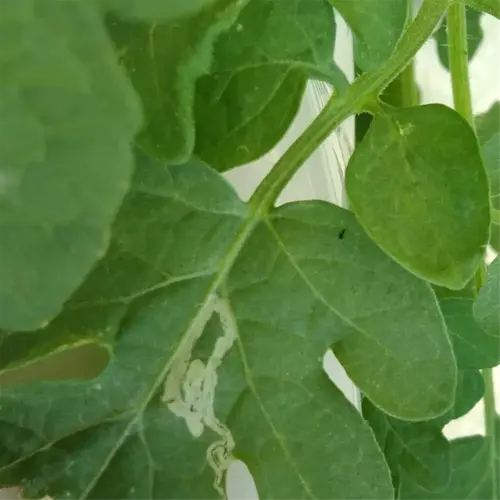How does hydrogen peroxide treat root rot?

Written by
Tina Carter
Reviewed by
Prof. Charles Hartman, Ph.D.Hydrogen peroxide can revitalize root rot by releasing oxygen upon contact with damaged tissue. This inflow of oxygen drowns anaerobic pathogens, such as Pythium, that thrive in stagnant, ugly, and waterlogged soil. I used this method on my fiddle leaf figs and monsteras, and it has recovered the plant roots just fine without any harsh chemicals.
Preparation
- Use 3% hydrogen peroxide, higher concentrations burn roots
- Dilute 1 part peroxide with 4 parts water (1:4 ratio)
- Sterilize pruning shears with 70% alcohol before trimming rotten roots
Application
- Soak roots for 10 minutes to kill spores and bacteria
- Rinse with distilled water to remove residual peroxide
- Air-dry roots for 1 hour before repotting in sterile soil
Post-Treatment
- Water with diluted peroxide monthly for ongoing prevention
- Avoid fertilizing for 4 weeks to reduce root stress
- Monitor new growth as a sign of recovery
When it comes to the timing of what you've discussed above -- it matters. Treating plants with peroxide should be performed in the morning when photosynthesis occurs and plants can metabolize faster. I killed a peace lily because I treated it at night, the roots remaining cold for several hours, which inhibited recovery. You can also enhance treatment by combining it with increased airflow, which helps dry the soil and simulates oxygen levels in healthy root zones.
Hydrogen peroxide will not salvage advanced rot in a plant. If the roots (more than 50%) are mushy, just take healthy cuttings for propagation. I learned this from my attempt at salvaging a philodendron that was too badly infected. As the saying goes, prevention is better than cure, so you should check the roots every three months or so and repot the plant before it reaches a point of rotting.
Read the full article: How to Treat Root Rot: 7 Essential Steps to Save Your Plants

